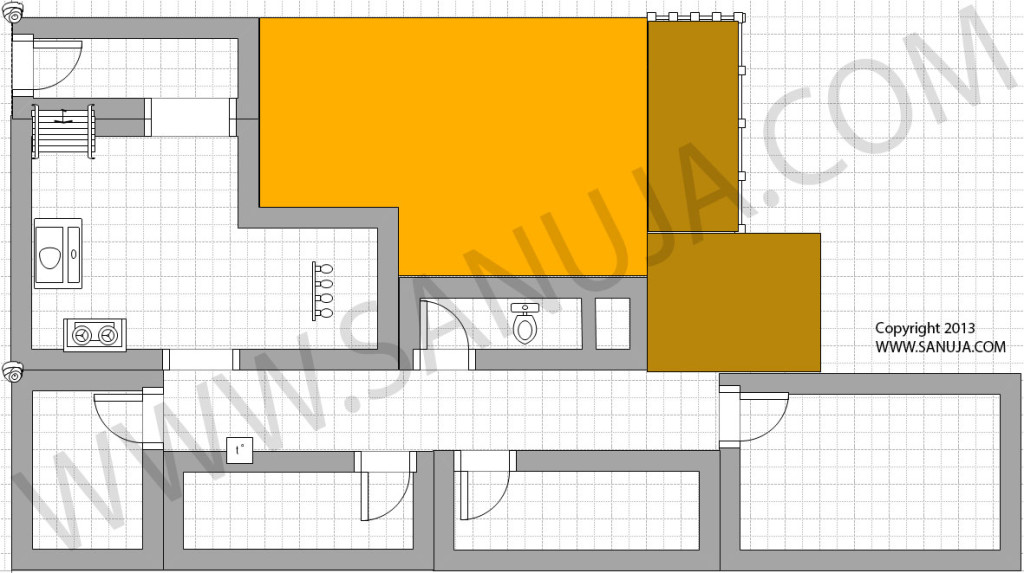Once you have the necessary basic infrastructure listed on my first post on automation here, the next step is the planing. This is very important because depend on what equipments you choose and how you physically and electronically integrate them to one another will effect the reliability and future expandability of your system.
The following list of questions will help you decide what actions you should take. These are some of the exact questions I asked myself for my automation project.
- Am I (are we) going to live in this particular house for the next 5+ years?
If yes, spend more time on extensive planing and go to question 3. If not go to question 2. - Will this project add value to the resell of the house? Is this area is known for high end housing market?
- What is the budget over a month, a year and few years for maintenance and expansion?
- Which controller and components should I pick based on answers to above questions?
If you are planing to live in this particular house for a long period, please pick the best or at least intermediate level system (or there is a market for automated houses in your area, if you are planing to sell the house). If you are doing this as a “fun” project and/or you are planing to sell the house with no added value due to automation, then go for a cheaper equipments. - How many equipment am I (we are) planing to integrate into the controller and what standards (Z-wave, x10… more) will we be using?
Some high end (expensive) controllers support multiple standards. However, I support independent controllers for each system. I will explain why soon (at the end of this article). - How much flexibility do I (we) want? Do I need a controller that would accept custom scripts and firmware (geek alert!)?
Some controllers may not comes with free control over the Internet. Some controllers will allow custom scripts (not recommended for novice non-tech people) for wide range of activities. Usually the controllers that allow custom scripts are expensive. If you are a home owner with limited knowledge in computing, I would recommended something simple like Micasa Vera controllers. - Where should I place the “brains” of the system?
I recommend using a centralized location in which you have access to both the network equipments and the automation equipments. I will be placing all the controllers for automation with my servers. At the main location, it is utmost important that you have flexibility in electrical outlets, number of LAN connections and other peripheral support infrastructure. Note that most systems are wireless so you can place them anywhere in the house with a mid to strong wifi signal. - What components do I need and where would I place them?
There are limitless possibilities thanks to standardizations like Z-wave. Multiple manufactures have come up with many different equipments from lighting receptacles to security systems. In order to go truly hose-wide, I would start organization the automation based on your house plan.Example of a basic house plan. Note the automated cameras and thermostat locations.
Addition to the centralized systems with a very powerful controllers, you could also go with general purpose consumer grade products like Belkin wemo devices. In fact, I think it is better to have multiple independent systems because this will increase the reliability. If the controller goes out in a advanced system, everything connected to it will be out of service as opposed to having independent systems.
I will be introducing you to the Belkin wemo products and Vera Smart Home Controller, Vera Lite in my next two post. Stay tuned!

